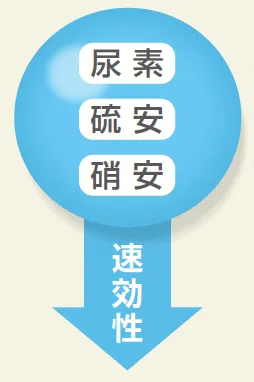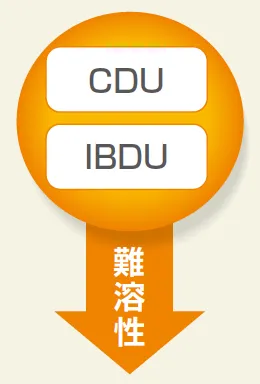

Site Search
Search within product
IBDU/CDU (Uber)
Difference between fast-acting and slow-acting fertilizers
-
quick-acting fertilizer

●Short fertilization period
●Roots are susceptible to damage due to high fertilizer application
●Easily washed away by rainwaterDissolves quickly in water!
-
Synthetic slow-release nitrogen fertilizers (IBDU® and CDU®)

●Longer fertilizing period
●Sudden increase in salinity is unlikely to occur
●Efficient fertilizer application due to slow-acting propertiesSlowly and gradually dissolve (decompose)!
What are IBDU® and CDU®-based fertilizers?
IBDU® (International Business Development University)is a slow-release nitrogen fertilizer processed by reacting urea with organic compounds, which gradually dissolves in the soil and is converted into a form that can be used by plants through the action of water!

mainlyhydrolysisindicates certainty, emphasis, etc.Fertilizer efficacy is expressed!
CDU®is a slow-release nitrogen fertilizer made by reacting urea with organic compounds to form a water-insoluble form, which gradually dissolves in the soil and is converted into a form that plants can use through the action of aerobic microorganisms!

mainlybiodegradation(partially hydrolyzed).Fertilizer efficacy is expressed!
Birdie® Nitrogen
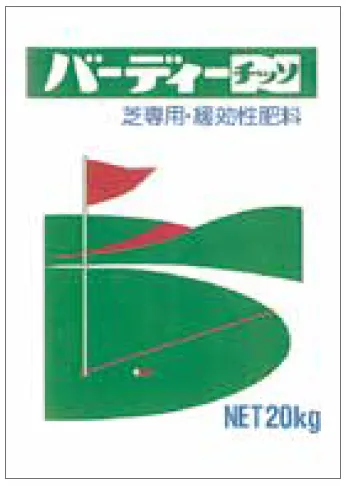
■Isobutyraldehyde condensed urea (IBDU)
■Hydrolyzed slow-release nitrogenous fertilizer
■Duration of fertilizing effect: approx. 10-15 weeks
■Solubility is about 1/1000 of urea at 20°C
| nitrogen | phosphoric acid | potassium |
|---|---|---|
| 31 (Zen-Noh IBN) | 0 | 0 |
| shape | packing |
|---|---|
| Fine granules (0.5 to 1.0 mm) | 20kg/resin bag |
usage rules
5-20 g/m² is the standard when renewing greens.
20-30 g/m² is the standard when updating teeing areas.
Features and Remarks
Since it is insoluble in water, it does not cause leaf scorch, and even when applied in large quantities, it is safe with little concentration failure.
The slow and long-lasting effect of the product ensures good turf growth and stable leaf color.
As a slow-release fertilizer, it is extremely effective with little leaching from heavy rainfall or irrigation.
This fertilizer has only a chisso component.
It can also be used as a raw material for various compound fertilizers, compound fertilizers, etc.
CDU® Nitrogen
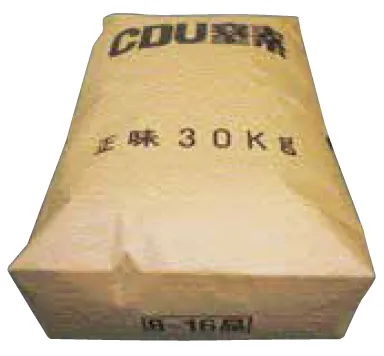
■Acetaldehyde condensed urea (CDU)
■Microbially degradable slow-release nitrate fertilizer
■There are three types by grain size.
| nitrogen | phosphoric acid | potassium |
|---|---|---|
| 31 (All farmers' CDUN) | 0 | 0 |
| shape | packing |
|---|---|
| 6-8 mesh (2.4-3.3 mm) 8-16 mesh (1.0-2.4 mm) 16 mesh paths (1.0 mm paths) |
30kg/paper bag |
usage rules
5-20 g/m² is the standard when renewing greens.
20-30 g/m² is the standard when updating teeing areas.
Features and Remarks
It can be used safely without the worry of fertilizer burn.
It is more gradual and longer-acting than organic fertilizers such as rape oilseed meal.
Since the supply of nitrogen is always small and continuous, (1) growth and leaf color are consistent. (2) Underground growth takes priority over above-ground growth, producing strong roots with many branches and roots. (3) Accumulation of storage nutrients (starch) is promoted to create a strong turf. (4) It effectively suppresses anthocyanin produced in bentgrass and maintains green color even in low temperatures.
When CDU is applied, bacteria preferentially multiply, resulting in a bacteria-dominant microbiota that is favorable to turf growth. In addition, bacteria grown in CDUs have the ability to break down thatch in the soil, helping to remove it.
It can also be used as a raw material for various compound fertilizers, compound fertilizers, etc.
Uber® Series
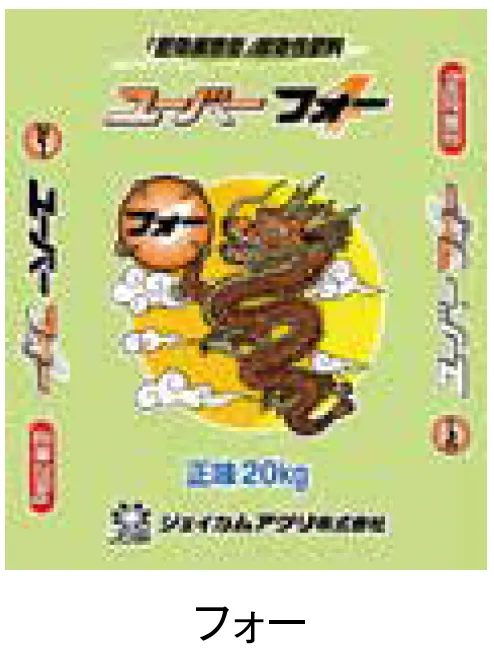
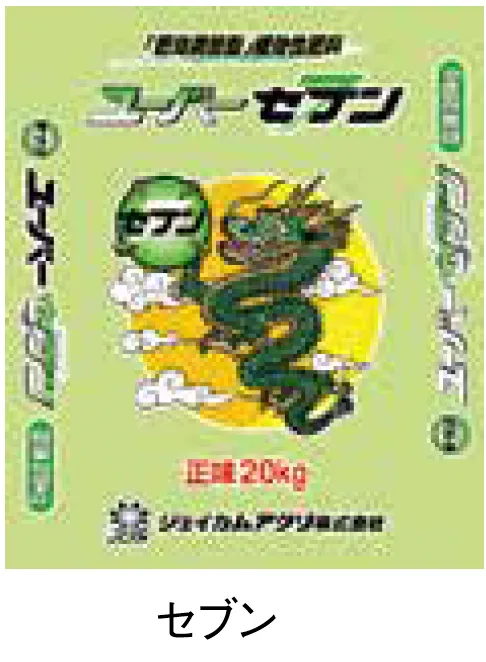
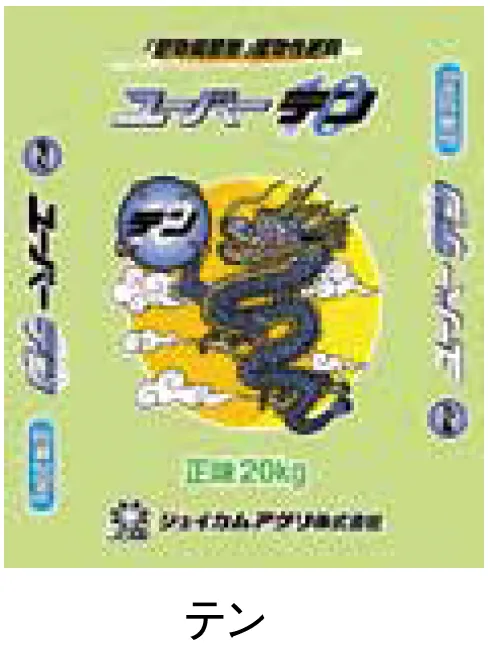

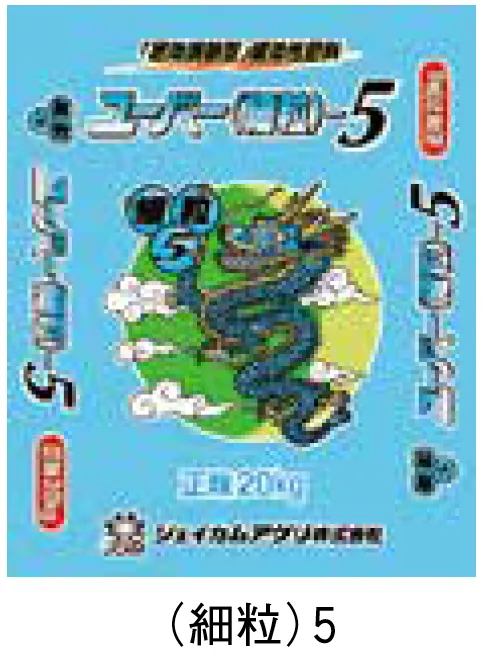
■Based on a slow-release nitrogen fertilizer that expresses its fertilizing effect through decomposition by microorganisms, "Uber" is a new concept fertilizer with the added function of regulating fertilizing effect (mineralization).
■Uber is composed primarily of organic compounds made from urea and acetaldehyde. Like organic fertilizers, microorganisms use the uvers as a nutrient source and gradually decompose and multiply.
granule (in solar physics)
Wide range of applications including vegetables and fruit trees
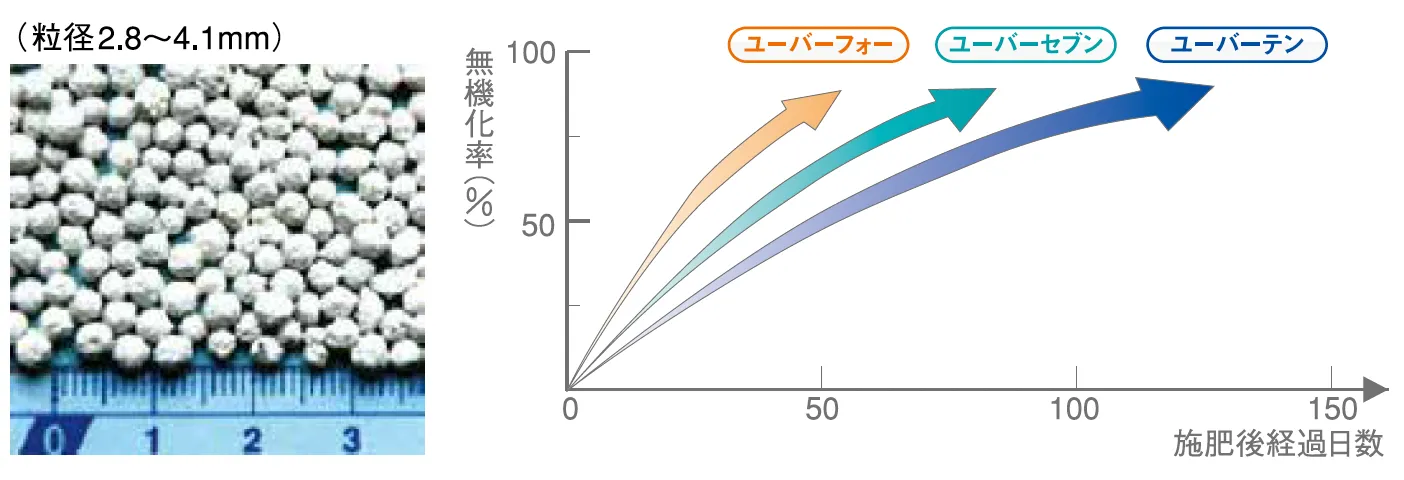
| description | number of days for fertilizer use | component | variety | specific gravity | angle of repose | |
|---|---|---|---|---|---|---|
| granule (in solar physics) | Uber4 | 30-60 | Total nitrogen 30.0% | light yellow | True specific gravity / approx. 1.4 Apparent specific gravity/approx. 0.7 |
Approx. 40°. |
| granule (in solar physics) | Uber7 | 60 to 90 | Total nitrogen 30.0% | light yellow | True specific gravity / approx. 1.4 Apparent specific gravity/approx. 0.7 |
Approx. 40°. |
| granule (in solar physics) | uberten | 90 to 140 | Total nitrogen 30.0% | light yellow | True specific gravity / approx. 1.4 Apparent specific gravity/approx. 0.7 |
Approx. 40°. |
fine grain
Turf management and seedling fertilizer

| description | number of days for fertilizer use | component | variety | specific gravity | angle of repose | |
|---|---|---|---|---|---|---|
| fine grain | Uber (fine granules)-2 | 20 to 30 | Total nitrogen 30.0% | light yellow | True specific gravity / approx. 1.4 Apparent specific gravity/approx. 0.7 |
Approx. 40°. |
| fine grain | Uber (fine granules)-5 | 40-60 | Total nitrogen 30.0% | light yellow | True specific gravity / approx. 1.4 Apparent specific gravity/approx. 0.7 |
Approx. 40°. |
Country Hoska® (fine and regular granules)
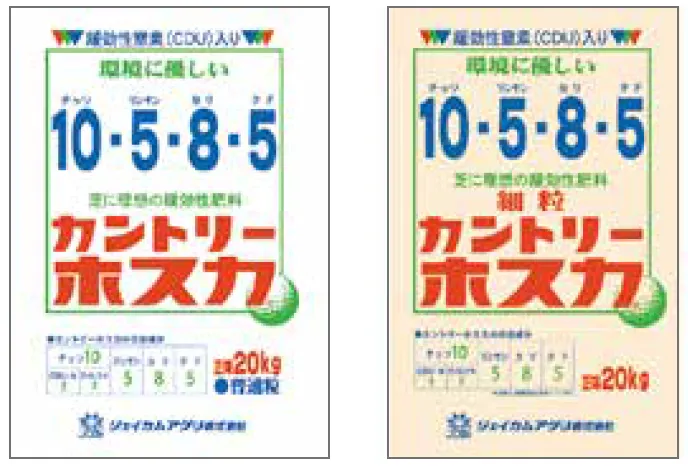
| nitrogen | CDUN | phosphoric acid | potassium | Kudo (Israeli political party) |
|---|---|---|---|---|
| 10 | 3 | 5 | 8 | 5 |
| shape | shape |
|---|---|
| Fine grain 1.0-2.0mm | Regular grain (2.0-4.0mm) |
| packing | packing |
|---|---|
| 20kg/resin bag | 20kg/resin bag |
usage rules
| usage standard | Applicable Products | Fertilizer amount (g/m2) | remarks |
|---|---|---|---|
| Greens/teeing area/approach area | fine grain | 20 to 60 | However, per |
| fairway | granule (in solar physics) | 30-60 | However, per |
Features and Remarks
Green Hoska® (fine and regular granules)
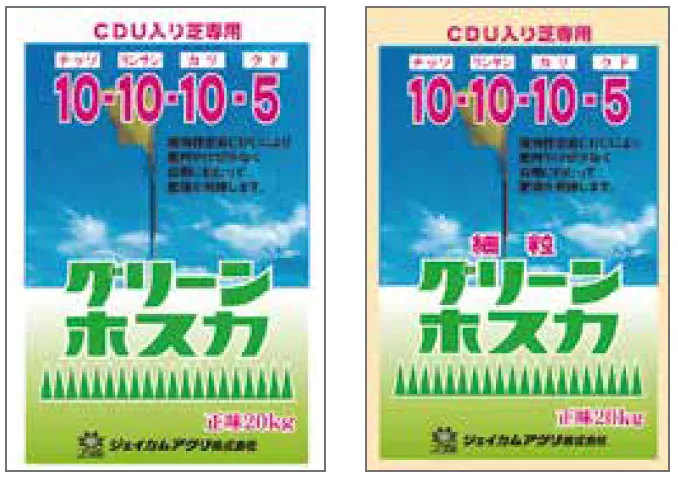
| nitrogen | CDUN | phosphoric acid | potassium | Kudo (Israeli political party) |
|---|---|---|---|---|
| 10 | 3 | 10 | 10 | 5 |
| shape | shape |
|---|---|
| Fine grain 1.0-2.0mm | Regular grain (2.0-4.0mm) |
| packing | packing |
|---|---|
| 20kg/resin bag | 20kg/resin bag |
usage rules
| usage standard | Applicable Products | Fertilizer amount (g/m2) | remarks |
|---|---|---|---|
| Greens/teeing area/approach area | fine grain | 20 to 60 | However, per |
| fairway | granule (in solar physics) | 30-60 | However, per |
Features and Remarks
Birdie® V
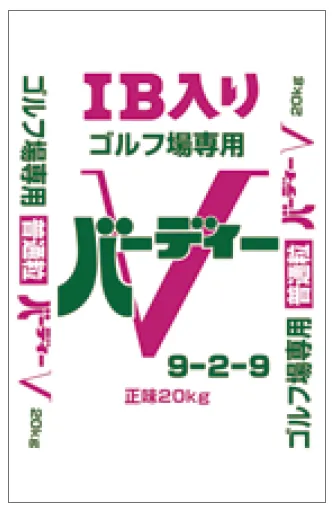
| nitrogen | IBN | phosphoric acid | potassium |
|---|---|---|---|
| 9 | 2 | 2 | 9 |
| shape |
|---|
| Regular grain (2.0-4.0mm) |
| packing |
|---|
| 20kg/resin bag |
usage rules
| usage standard | Fertilizer amount (g/m2) | remarks |
|---|---|---|
| fairway | 40-60 | However, per |
| rough | 30-50 | However, per |
Features and Remarks
Birdy Ace® No.1, No.2
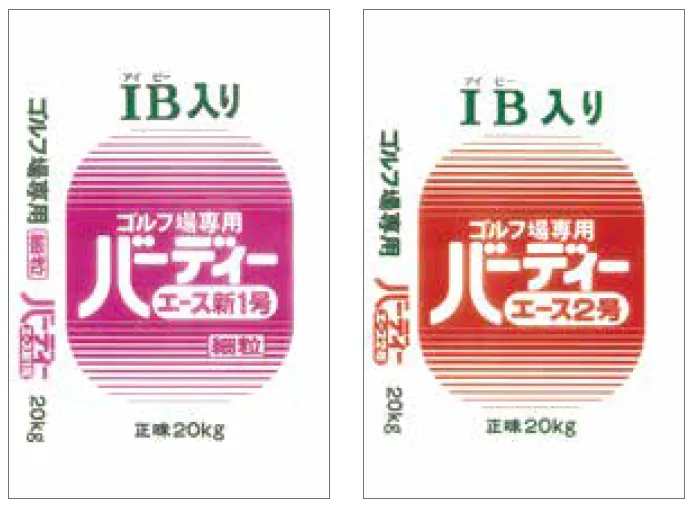
| nitrogen | IBN | phosphoric acid | potassium | Kudo (Israeli political party) | |
|---|---|---|---|---|---|
| number one | 10 | 3 | 10 | 10 | 3 |
| No. 2 | 10 | 4 | 8 | 8 | 3 |
| Shape (No.1) | Shape (No.2) |
|---|---|
| Fine grain (1.0 to 2.0 mm) | Regular grain (2.0-4.0mm) |
| packing |
|---|
| 20kg/resin bag |
usage rules
| usage standard | Applicable Products | Fertilizer amount (g/m2) | remarks |
|---|---|---|---|
| Greens/teeing area/approach area | fine grain | 20 to 60 | However, per |
| fairway | granule (in solar physics) | 30-60 | However, per |
Features and Remarks
Birdie Green®.
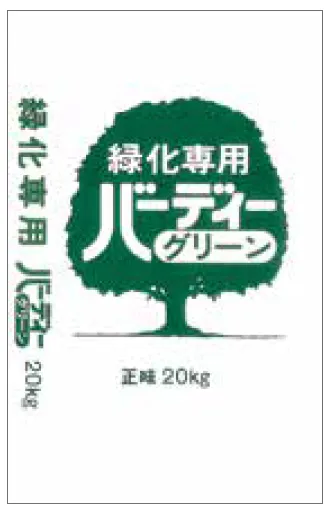
| nitrogen | IBN | phosphoric acid | potassium |
|---|---|---|---|
| 16 | 8 | 10 | 14 |
| shape |
|---|
| Regular grain (2.0-4.0mm) |
| packing |
|---|
| 20kg/resin bag |
usage rules
| usage standard | Fertilizer amount (g/m2) | remarks |
|---|---|---|
| lawn | 30-60 | However, per |
| slope (e.g. of embankment) | 20 to 30 | However, per |
| garden tree | 40-60 | However, per |
| flowering trees | 6-10g/pc | However, per |
Features and Remarks
Birdie Large®.
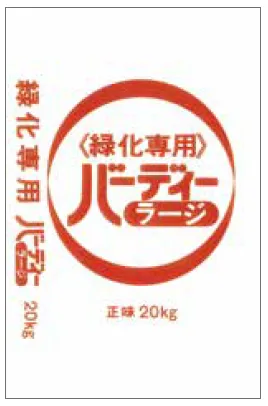
| nitrogen | IBN | phosphoric acid | potassium | Kudo (Israeli political party) |
|---|---|---|---|---|
| 10 | 8 | 10 | 10 | 1 |
| shape |
|---|
| Large (5.0-10.0mm) |
| packing |
|---|
| 20kg/resin bag |
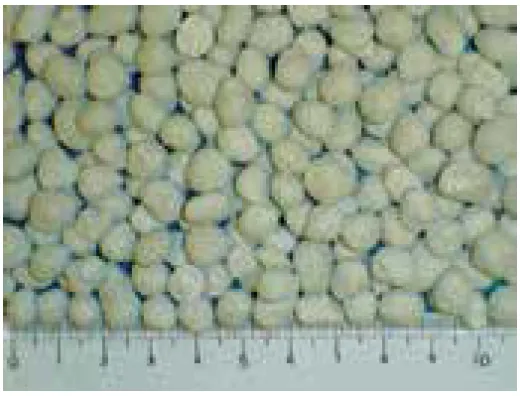
Example of Fertilization
| Division of pots | When to apply fertilizer | Birdie Large Usage (per pot) |
|---|---|---|
| Purchased Potted Items Cyclamen cineraria |
As a fertilizer for continued flowering | 4g |
| long-established character Primulas geranium (usu. a cultivated pelargonium) |
Once every 4 months starting in the spring | 4g |
| chrysanthemum (Chrysanthemum morifolium) | At planting (mixed with soil) | 8g |
*Fertilizer ... placed on the surface of the soil
| Flower Name | classification | When to apply fertilizer | Birdie Large Usage (per pot) |
|---|---|---|---|
| Cockscomb sunflower petunia marigold |
biennial | Initial fertilizer (at planting time) | 100g |
| pansy (Viola tricolor hortensis) | biennial | Initial fertilizer (at planting time) | 150g |
| salvia | biennial | Initial fertilizer (at planting time) | 250g |
| African daisy | long-established character | (adding) extra fertilizer or manure (fertiliser) | 200g |
| African daisy | long-established character | at the end of blooming season | 100g |
| peony (Paeonia suffruticosa) | long-established character | Late September, first fertilizer | 150g |
| peony (Paeonia suffruticosa) | long-established character | Late March: first fertilizer | 100g |
| dahlia (Dahlia pinnata) | (plant) bulb | Initial fertilizer (at planting time) | 80g |
| dahlia (Dahlia pinnata) | (plant) bulb | Late May | 100g |
| Elaeagnus multiflora var. hortensis (variety of goumi) | (plant) bulb | Initial fertilizer (at planting time) | 100g |
| Elaeagnus multiflora var. hortensis (variety of goumi) | (plant) bulb | Late June | 120g |
| Liliaceae (the lily family) | (plant) bulb | Initial fertilizer (at planting time) | 100g |
| Liliaceae (the lily family) | (plant) bulb | Late Mar. | 80g |
| narcissus tulip |
(plant) bulb | Initial fertilizer (at planting time) | 150g |
*How to apply...mix well with the entire bedding soil.
| Flowering and garden tree names | Size (Yearling) | When to apply fertilizer (The planted ones) |
Birdie Large Usage (per pot) If planted |
Birdie Large Usage (per pot) time of planting (seeding) |
|---|---|---|---|---|
| rose | April, July, November, February | 20-30g in each period | 25g | |
| button | 3rd and 4th grade | August-October, Feb. | 10g/1 plant at each period | 5g/1 plant |
| rhododendron | Grades 5-6 | June-July, Feb. | 20g each period | 20g |
| olive (Olea europea) | Grades 4-5 | June-July, Feb. | 15g each period | 15g |
| Camellia sasanqua 'Camellia sasanqua' (cultivar of Christmas camellia) | Grades 4-5, 10th grade | May-June, December-January | May-June (4th-5th grade): 60 May-June (10th grade): 250g |
60g |
| Camellia sasanqua 'Camellia sasanqua' (cultivar of Christmas camellia) | Grades 4-5, 10th grade | May-June, December-January | December-January (grades 4-5): 60 December-January (10th grade): 250g |
60g |
| azalea and satsuki | third-year student | June, December-January | 30g each period | 30g |
| hedge | June-July, Feb. | Each period 10g / length 1m | 5g/1 plant |
*How to apply... Rooted plants → scatter around and mix with soil.
*When rooting: Sprinkle in planting hole and mix with soil
